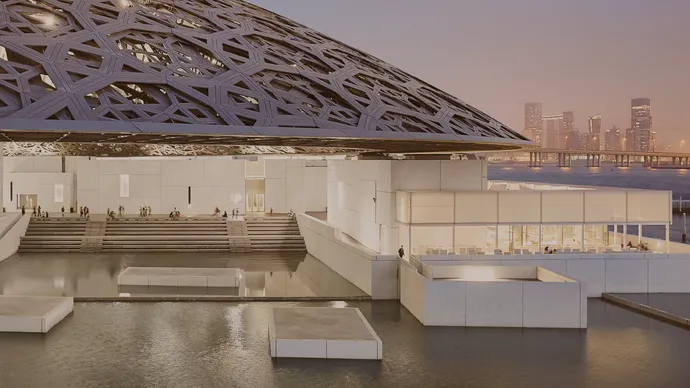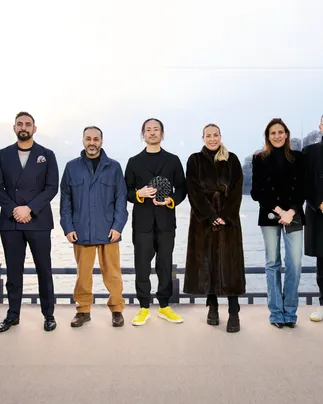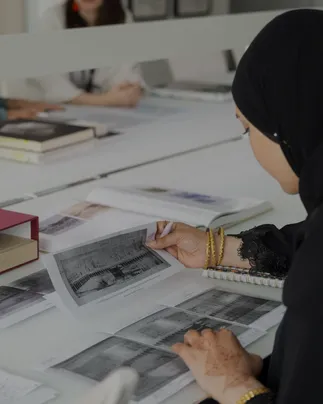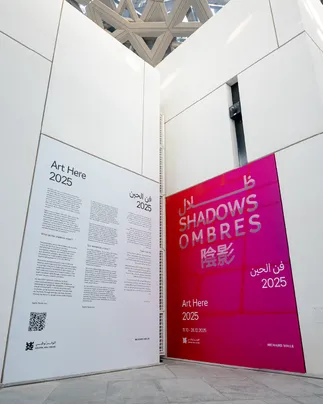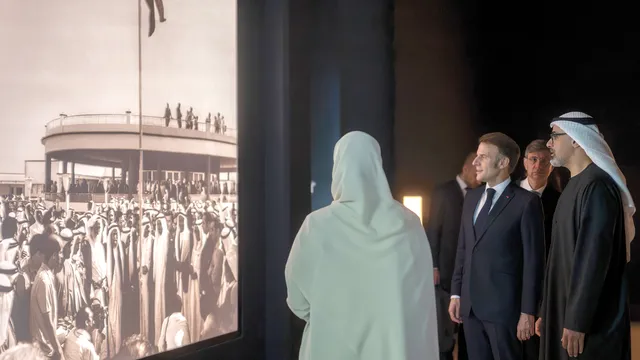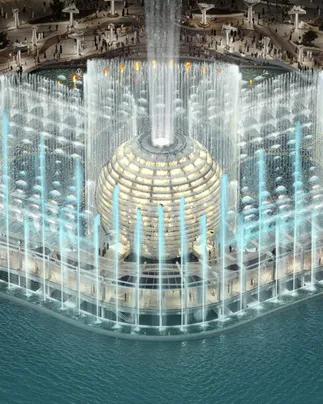Louvre Abu Dhabi has unveiled a new display of artwork collection that brings together additional acquisitions and prestigious international loans. From a first century imperial cameo and a third century Christian sarcophagus to a selection of paintings and modern works by Kandinsky, Giacometti and Tàpies, the artworks now on display span centuries, cultures and artistic movements.
Together, they invite visitors to experience the museum’s universal narrative through the lens of creativity, connection and the enduring power of art.
Dr. Guilhem André, Director of Scientific, Curatorial and Collections Management at Louvre Abu Dhabi, said: “By continuously enriching Louvre Abu Dhabi’s collection through carefully curated acquisitions, we ensure that the museum remains a dynamic space that resonates with art enthusiasts, families and curious minds alike. We are also thrilled to bring to our visitors loaned masterworks that are considered priceless treasures in their respective museums, and we are grateful for the generosity of our partners. This ongoing renewal strengthens Louvre Abu Dhabi’s role not only as a cultural anchor in the Saadiyat Cultural District, but also as a place where diverse stories and shared human experiences come together.”
The curatorial team at Louvre Abu Dhabi, particularly Amna Al Zaabi, Fakhera Alkindi, Aisha Al Ahmadi, Mariam Al Dhaheri, and Rawdha AlAbdouli, played a key role in developing the new displays, working closely with partner institutions on everything from research to securing loans and acquisitions. Their contributions reflect the museum’s commitment to empowering local talent and fostering cross-cultural exchange on a global scale.
Louvre Abu Dhabi continues to expand its world-class collection through the addition of exceptional artworks that reflect the museum’s universal narrative.
The new acquisitions include significant paintings, sculptures and finely crafted objects that are now on display in the museum’s permanent galleries, including a Kota Reliquary Figure from Gabon (end of 19th or beginning of 20th century) attributed to the Sébé River Master of the Skull Head resonates with global traditions of ancestor veneration and spiritual guardianship; a Roman Cameo possibly depicting Agrippa Postumus (c. 37-41 CE) is displayed alongside other masterpieces of precious gold jewelry from the museum’s collection; a limestone Head of an Ephebe (5th century BCE), from Cyprus is shown alongside other busts representing diverse cultures and civilisations; a Casket from the Kingdom of Kotte, Ceylon (ca. 1543) showcases hybrid aesthetics and reflects the global reach of South Asian courtly art; a collection of paintings including The Rialto Bridge from the South (c. 1720) by Giovanni Antonio Canal, capturing a serene, precise Venetian cityscape; The Farewell of Telemachus and Eucharis (1800), a rare Neoclassical painting by Charles Meynier exploring themes of duty, love and moral virtue; and a Portrait of Kosa Pan (1686) by Antoine Benoist, portraying the first ambassador from Siam to the French court of Louis XIV and Wassily Kandinsky’s White Oval (1921), a composition of colours and forms reflecting the artist’s strong belief in the power of colour, form and composition to evoke emotion, rhythm and unity.
In addition to the newly unveiled acquisitions, unique masterpieces on loan from Musée du Louvre, Centre Pompidou and the National Museum of the Philippines bring fresh depth and global perspective to Louvre Abu Dhabi’s galleries.
The highlights include Sarcophagus of Livia Primitiva (c. 250 CE), a sculpture on loan from the Musée du Louvre, and one of the earliest known examples of Christian funerary art; Portrait of the Artist (1825) by French painter Antoinette Cécile Hortense Haudebourt-Lescot, on loan from the Musée du Louvre. In this painting, Haudebourt-Lescot presents herself firmly as a professional artist and emphasises her identity as a portraitist; Una Bulaqueña (1895), painted by Juan Luna, one of the most celebrated Filipino artists, is on loan from the National Museum of the Philippines. Leaving its home country for the first time, this painting was declared a National Cultural Treasure in 2008. It is celebrated not only for its technical excellence, but also for the sense of cultural pride it embodies, representing an idealised Filipina woman that radiates strength and dignity. There will also be two bronze figures, introducing the theme of reimagining the human figure, are on loan from Centre Pompidou: Femme de Venise V (Woman of Venice V, 1956) by Alberto Giacometti is an elongated, fragile figure that captures the paradox of presence and vulnerability; and L’Orage (The Storm, 1947 – 1948) by Germaine Richier portrays a monumental male figure embodying resilience in the face of elemental forces. Also on loan from Centre Pompidou will be the Grand blanc horizontal (1962), a monumental mixed-media work by Antoni Tàpies. The work adds a contemporary dimension to the museum’s narrative of material experimentation and abstraction.
Each new display at Louvre Abu Dhabi is curated to foster dialogue between civilisations, across time and through universal stories. Through thematic juxtapositions and cross-cultural comparisons, the museum continues to offer a dynamic and inclusive space for discovery for both first-time and returning visitors.
For more information about the galleries and to book tickets, please visit: www.louvreabudhabi.ae.


